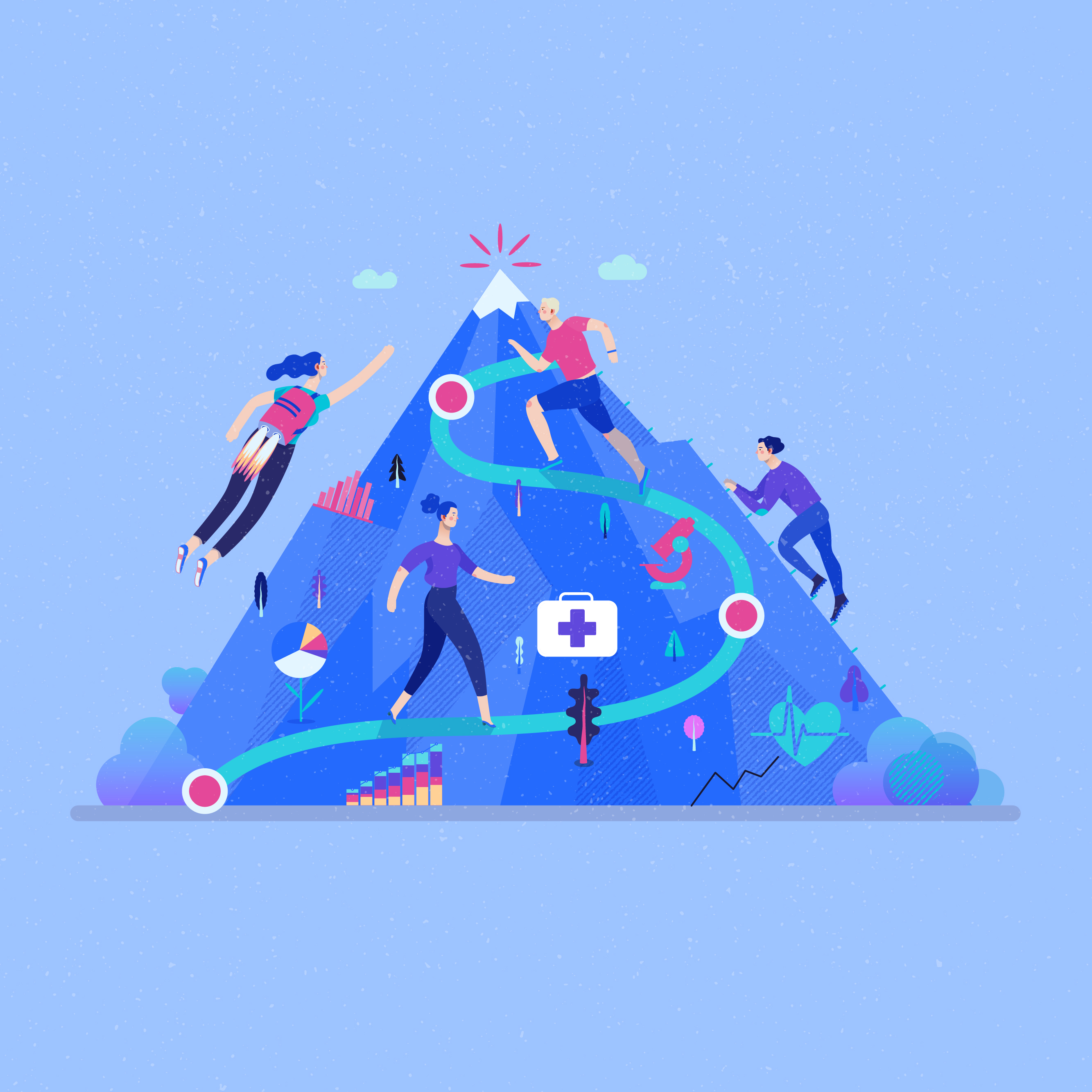When the coronavirus pandemic struck the United States, there was no effective evidence on how to treat COVID-19. To accelerate research, biomedical researchers formed the National COVID Cohort Collaborative (NC3) and rapidly adopted a standard model to help understand the trajectories of COVID-19, the effects of treatments for it and the demographics of patients with the disease. The Observational Health Data Science and Informatics community, an open science community, enabled the secure sharing of clinical data about patients with COVID-19 across U.S. hospitals using the common data model Observational Medical Outcomes Partnership (OMOP). Today, this data is available to Johns Hopkins researchers for studies in any clinical area.
“It’s something we’ve wanted for a long time, but it was greatly accelerated by the need to share data quickly in a common format for patients with COVID-19,” says Paul Nagy, program director for biomedical informatics and data science training at the Johns Hopkins University School of Medicine.
Typically, before researchers can begin analyzing patient diagnoses, medications, procedures, lab results and other material from electronic medical records, they must collect the information, clean it and then organize it. These steps, says Nagy, are extremely time-consuming, prone to errors and difficult for researchers at other medical centers to replicate. This limits the value of real-world observational data in creating evidence that can inform clinical guidelines.
In contrast, when Johns Hopkins researchers use OMOP, the extraction and cleaning of clinical data is already performed in a standard and consistent way. This makes it feasible to combine data with institutions outside of Johns Hopkins that also use OMOP.
“We can share analysis without compromising any data. We’re able to ask questions from an OMOP dataset, share those questions with peers who have also converted their EHR data to OMOP, and then aggregate the results to create much more thorough analysis,” says Nagy.
In 2021, Johns Hopkins researchers partnered in an effort using OMOP that brought together researchers from around the world to analyze surgical outcomes in patients with wrist arthritis. In one day, they combined patient outcomes from six academic universities around the world, covering more than 40 million patients in total.
At Johns Hopkins, OMOP has converted more than 1 billion pieces of information in the medical records of 2.6 million patients from the past six years — creating a trove of data that is regularly updated. Like any research project that uses patient information, Institutional Review Board approval is required before researchers can use OMOP for research purposes.
To learn more about how to conduct research using OMOP data, visit Johns Hopkins inHealth: OMOP on PMAP.


